May 22, 2025 | 08:14 GMT +7
May 22, 2025 | 08:14 GMT +7
Hotline: 0913.378.918
May 22, 2025 | 08:14 GMT +7
Hotline: 0913.378.918
No longer a distant warning, climate change is becoming an increasingly visible reality in the daily lives of local residents. With each rainy season, images of major roads submerged in water, chaotic traffic, and flooded homes have become all too familiar. Particularly in recent years, record-high tides combined with prolonged heavy rains have overwhelmed the city’s drainage systems, heightening the risk of economic losses and threats to public health.
According to assessments by Climate Central, Ho Chi Minh city (HCMC) is among the 10 cities worldwide most severely at risk from climate change. Due to its low-lying coastal geography, the city faces a high risk of deep inundation if sea levels rise by just one meter. A 2022 report by the Intergovernmental Panel on Climate Change (IPCC) warns that without strong adaptive measures, around 20% of HCMC's area could be affected by sea level rise by 2050, impacting millions of residents.
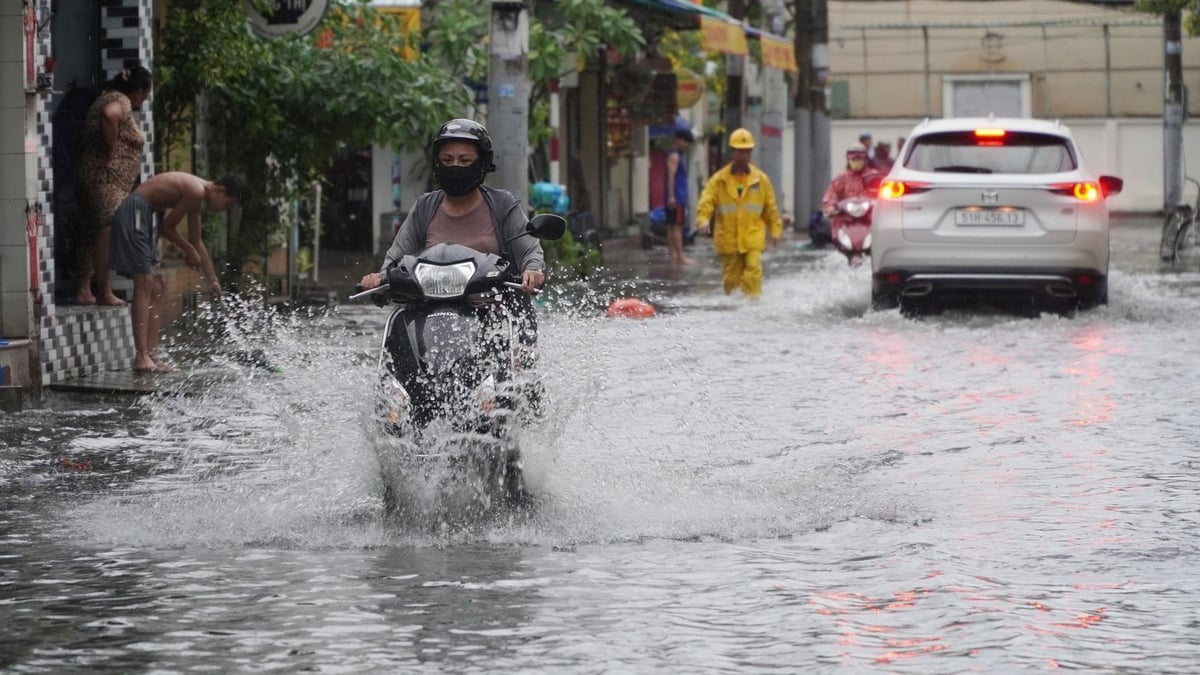
Ho Chi Minh city is increasingly affected seriously by climate change. Photo: Ha Duyen.
Mr. Le Ngoc Quy, Director of the Center for Water Resources and Environment under the Southern Natural Resources and Environment Company, further explains that due to its low elevation and location at the gateway of the Saigon-Dong Nai river system, HCMC frequently experiences flooding during heavy rainfall or high tides. It is projected that by 2050, approximately 70% of the city’s area will be at risk of flooding due to sea level rise and increasingly intense rainstorms. At the same time, worsening saltwater intrusion is leading to scarcity of freshwater resources, affecting both production and daily life.
Urban flooding caused by a combination of heavy rainfall and high tides occurs regularly in southern parts of the city. The situation is exacerbated by land surface hardening through concrete paving, ground subsidence from groundwater extraction, and rising sea levels. Saltwater now intrudes deep into urban areas, impacting even underground water sources and posing a serious threat to water security. Meanwhile, ecological solutions such as natural retention lakes in outlying districts like Can Gio are being degraded, and green spaces along with the canal network remain inadequately protected.
Climate change not only damages infrastructure but also leads to far-reaching economic and social losses. According to Mr. Le Ngoc Quy, in the first quarter of 2025, HCMC recorded over 453 houses damaged due to heavy rain. Numerous power poles and trees were uprooted, with estimated damages exceeding 14 billion VND (~570,000 USD). In the event of a historic flood, infrastructure losses could climb to 7.8 billion USD, with an additional 18 billion USD in damaged assets, equivalent to 20% of the nation’s GDP.
These numbers underline the urgent need for a comprehensive, climate-resilient development strategy. One that integrates engineering and nature-based solutions while reinforcing the city’s governance and financial capacity to respond to growing climate threats.
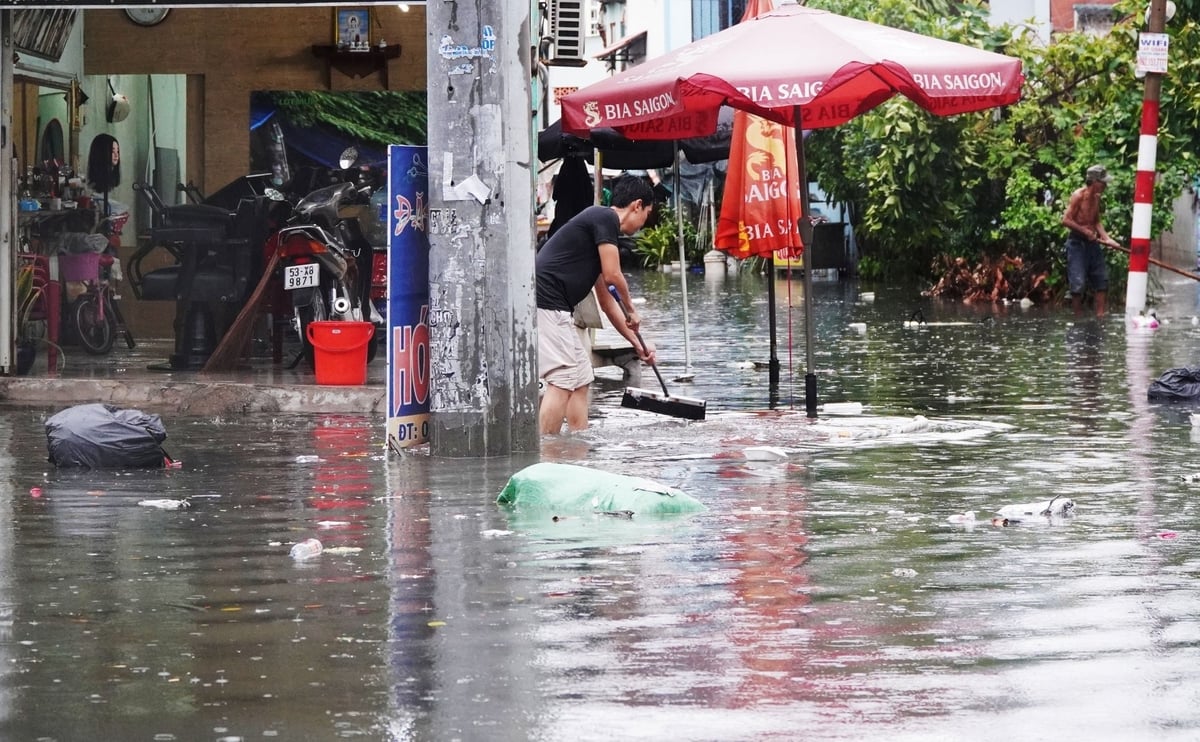
Many streets in Ho Chi Minh city are heavily flooded during heavy rain. Photo: Ha Duyen.
Flooding easily damages houses, roads, and schools. Boarding houses and makeshift shelters frequently suffer severe losses. Public infrastructure, such as drainage systems and pumping stations, cannot keep up with the rapid pace of urbanization. Flooding also causes prolonged traffic congestion and disrupts both production and business activities. Some factories are forced to temporarily shut down due to inundation or a lack of electricity and clean water.
According to the World Bank, HCMC could lose around 50 million USD annually due to climate change, which could result in recovery costs, reduced labor productivity, and business interruptions. Major industries and service sectors are increasingly compelled to allocate additional resources for flood prevention, energy-saving solutions, and transitioning production methods.
Beyond material damage, climate change also poses a serious public health crisis. The rainy season increases the risk of disease outbreaks such as diarrhea and dengue fever, while prolonged heat waves bring risks of heatstroke and thermal stress. In late April 2024, HCMC experienced a record-breaking 74 consecutive days of temperatures exceeding 35°C. Extreme weather conditions have further exacerbated respiratory and cardiovascular illnesses.
Dr. Ho Long Phi, former Director of the Institute for Water and Climate Change (Vietnam National University - HCMC), noted: "We must not view climate change as a purely environmental issue, but rather one deeply embedded in the broader development context. Every urban planning policy and infrastructure project must account for climate risks from the outset."
Echoing this view, the business community has emphasized the need for transparent climate data, improved forecasting capabilities, and stronger incentives for green investment. Public-private partnerships (PPPs) in climate-related fields are seen as a crucial mechanism for helping HCMC adapt effectively without relying solely on state budgets.
Climate change is proving to be a major test of HCMC urban governance capacity. Identifying the full scope of challenges is only the beginning - what matters more is coordinated, concrete, and sustainable action.
From a governance perspective, Ho Chi Minh city is grappling with numerous challenges, including fragmented urban planning, incomplete climate data, limited early warning systems, and an underdeveloped flood control infrastructure. Investment in these areas has not been systematic or comprehensive. Additionally, mechanisms for mobilizing financial resources from the private sector remain entangled with legal and procedural obstacles.
Translated by Kieu Chi

(VAN) On May 21, Minister of Agriculture and Environment Do Duc Duy worked with Mr. Olivier Brochet, Ambassador Extraordinary and Plenipotentiary of the French Republic to Vietnam.

(VAN) VRG recently conducted a visit and working trip to the United States to demonstrate its efforts in redefining the role of rubber enterprises in the global value chain.
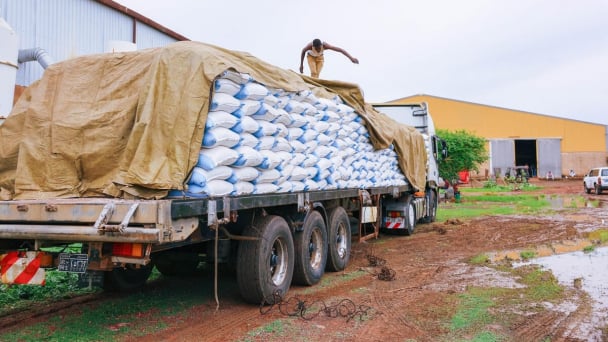
(VAN) In 2024, over 295 million people across 53 countries and territories faced acute hunger—an increase of almost 14 million people compared to 2023, while the number of people facing catastrophic levels of hunger reached a record high.
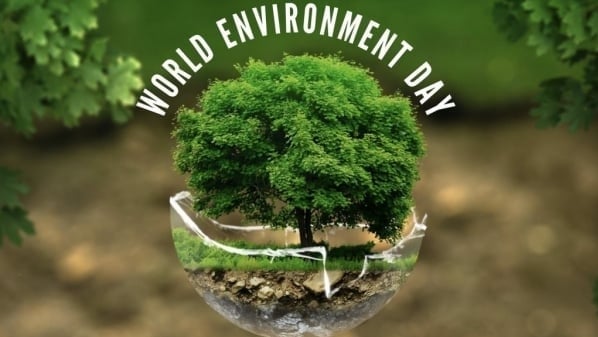
(VAN) World Environment Day 2025 (June 5) carries the theme 'Beat Plastic Pollution' continuing to emphasize the global urgency of addressing the plastic waste crisis.
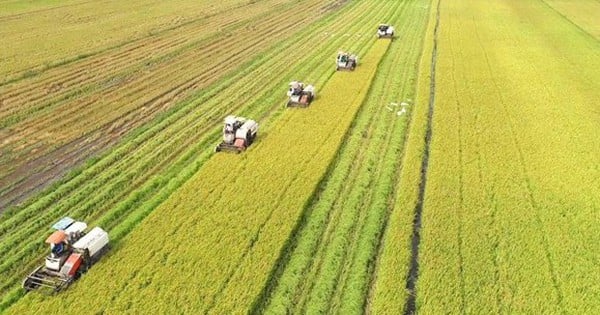
(VAN) This was the assessment shared by experts at the workshop titled 'Assessing the Role and Potential of Low-Emission Rice Production Systems in Vietnam,' held on the morning of May 19.

(VAN) Cai Rong Port is the fisheries control center of Quang Ninh, helping to monitor fishing vessels, combat IUU fishing, and remove the EC's 'yellow card'.